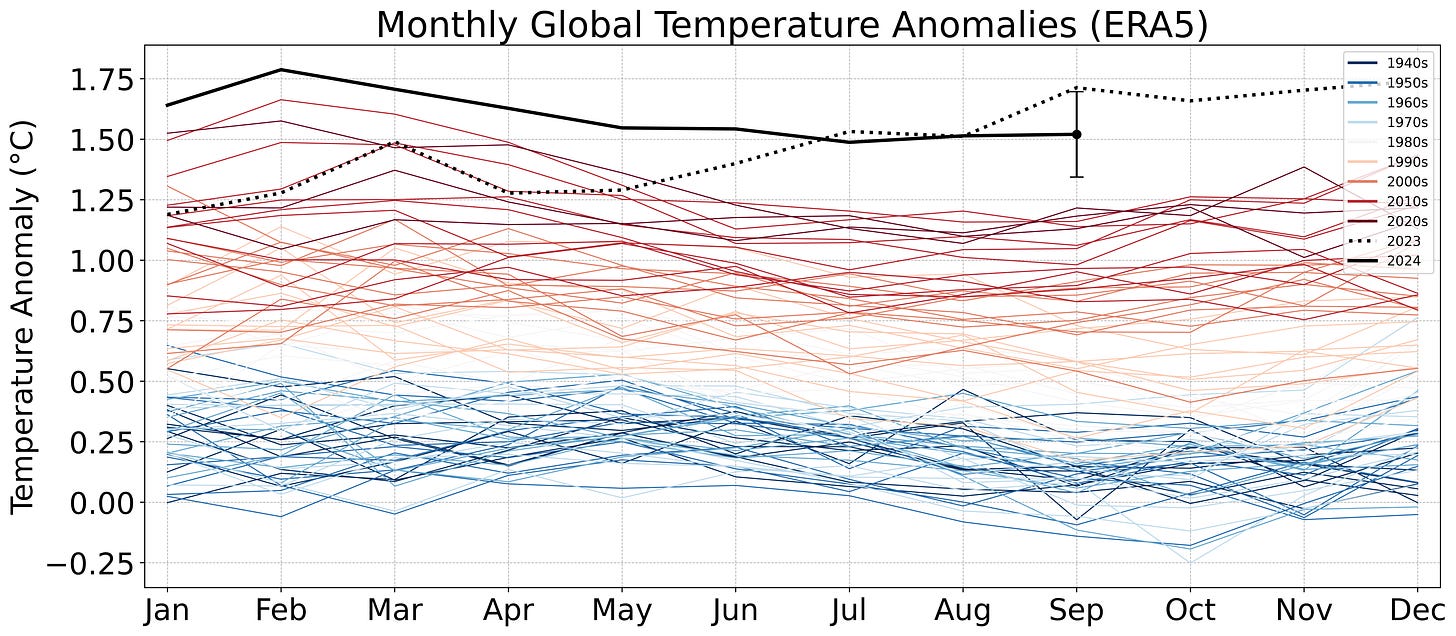Genes, Vol. 15, Pages 1177: A Genome-Wide Association Study Approach to Identify Novel Major-Effect Quantitative Trait Loci for End-Use Quality Traits in Soft Red Winter Wheat
Genes doi: 10.3390/genes15091177
Authors: Madhav Subedi John White Bagwell Benjamin Lopez Byung-Kee Baik Md. Ali Babar Mohamed Mergoum
Wheat is used for making many food products due to its diverse quality profile among different wheat classes. Since laboratory analysis of these end-use quality traits is costly and time-consuming, genetic dissection of the traits is preferential. This study used a genome-wide association study (GWAS) of ten end-use quality traits, including kernel protein, flour protein, flour yield, softness equivalence, solvent’s retention capacity, cookie diameter, and top-grain, in soft red winter wheat (SRWW) adapted to US southeast. The GWAS included 266 SRWW genotypes that were evaluated in two locations over two years (2020–2022). A total of 27,466 single nucleotide markers were used, and a total of 80 significant marker-trait associations were identified. There were 13 major-effect quantitative trait loci (QTLs) explaining >10% phenotypic variance, out of which, 12 were considered to be novel. Five of the major-effect QTLs were found to be stably expressed across multiple datasets, and four showed associations with multiple traits. Candidate genes were identified for eight of the major-effect QTLs, including genes associated with starch biosynthesis and nutritional homeostasis in plants. These findings increase genetic comprehension of these end-use quality traits and could potentially be used for improving the quality of SRWW.

 1 week ago
35
1 week ago
35


